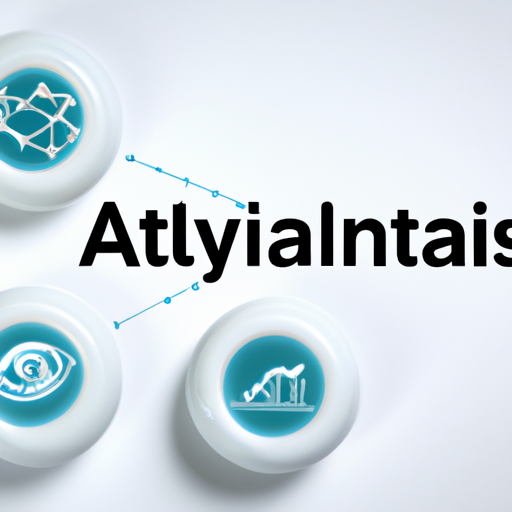In today’s fast-paced digital landscape, businesses are constantly seeking ways to improve efficiency, streamline operations, and harness innovation. One of the most transformative trends in recent years has been the rise of No-Code and Low-Code platforms. These platforms provide a powerful solution for businesses looking to enhance their development capabilities without the need for extensive coding knowledge.
What are No-Code and Low-Code Platforms?
No-Code and Low-Code platforms are development tools that allow users to create applications and automate workflows with little to no programming expertise. They utilize visual interfaces, drag-and-drop functionality, and pre-built templates to enable users to develop software solutions efficiently and effectively.
No-Code Platforms
No-Code platforms are designed for individuals who may not have any technical background. They allow users to build applications by simply dragging and dropping elements onto a canvas. This makes application development accessible to a broader audience, facilitating rapid prototyping and deployment of solutions.
Low-Code Platforms
Low-Code platforms, on the other hand, are slightly more technical and still require some understanding of coding. They offer greater flexibility and customization options, appealing to developers who need to create complex applications quickly while minimizing the amount of hand-coding required.
Benefits of No-Code/Low-Code Platforms
- Accelerated Development: These platforms significantly reduce the time needed to develop applications. Projects that typically take weeks or months can now be completed in a matter of days.
- Cost-Effective Solutions: By enabling non-technical users to contribute to the development process, businesses can save on hiring costs and reduce expenses related to software development.
- Empowerment of Citizen Developers: No-Code/Low-Code platforms empower employees from various departments to create their own solutions, fostering innovation and increasing productivity.
- Integration Capabilities: Many of these platforms come equipped with integration options that allow seamless connectivity with other software tools and applications, enhancing workflow automation.
Popular No-Code/Low-Code Platforms
There are numerous No-Code and Low-Code platforms available, catering to different business needs. Some popular options include:
- Bubble: A robust No-Code platform that allows for the creation of fully functional web applications.
- OutSystems: A leading Low-Code platform that enables the rapid development of enterprise-level applications.
- Zapier: A No-Code automation tool that connects different apps and automates workflows without needing any coding.
- Airtable: A flexible platform that combines the functionality of a database with a user-friendly interface for building workflows.
The Future of Software Development
No-Code and Low-Code platforms are reshaping the software development landscape. They are not only making it easier for businesses to adapt to changing market demands but also democratizing the development process. As these tools continue to evolve, we can expect an increase in innovation and efficiency across industries.
In conclusion, embracing No-Code and Low-Code platforms can provide businesses with the agility and resources they need to thrive in today’s competitive environment. By simplifying and streamlining the development process, these platforms empower organizations to enhance productivity, reduce time-to-market, and ultimately drive growth.




